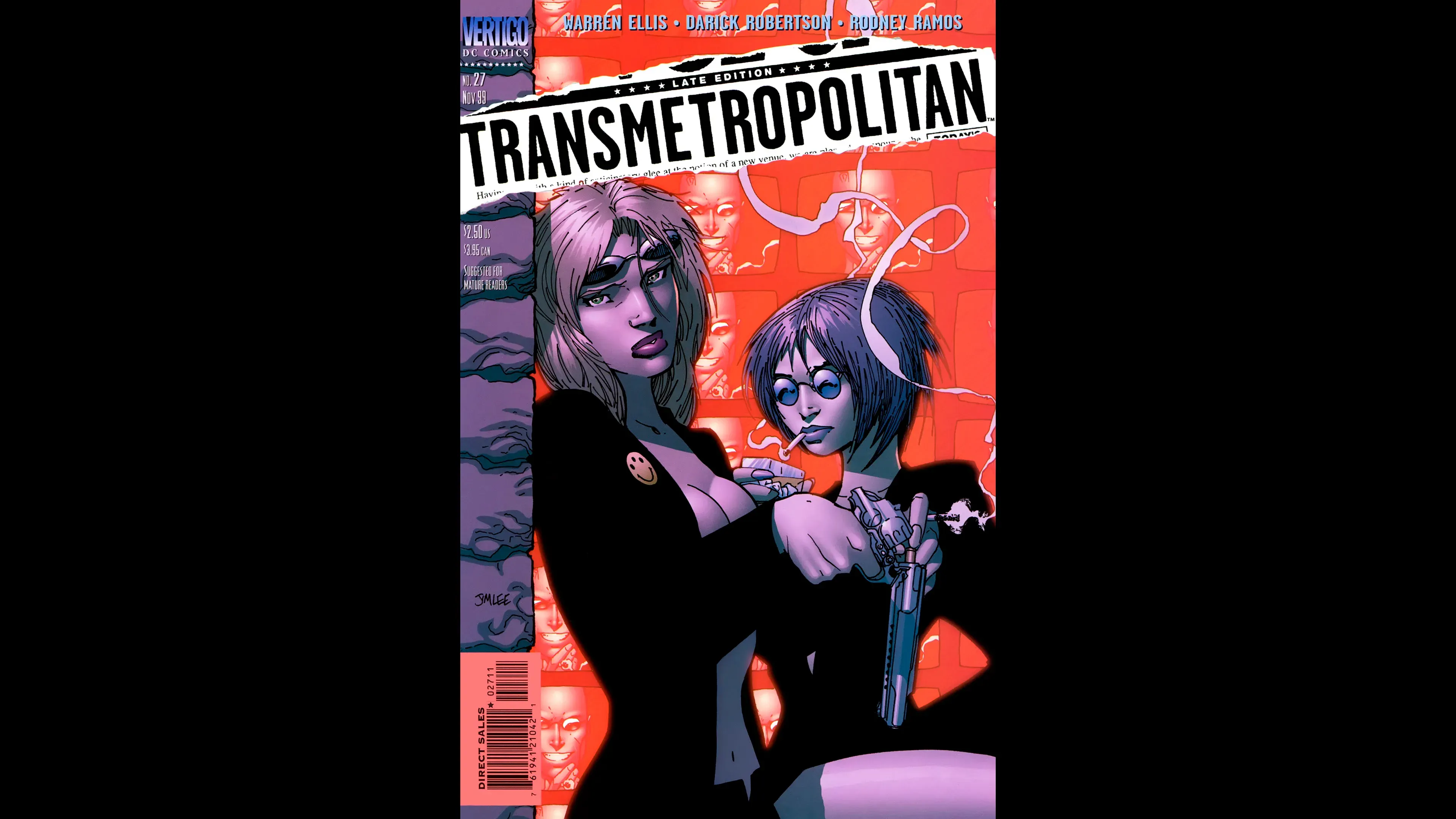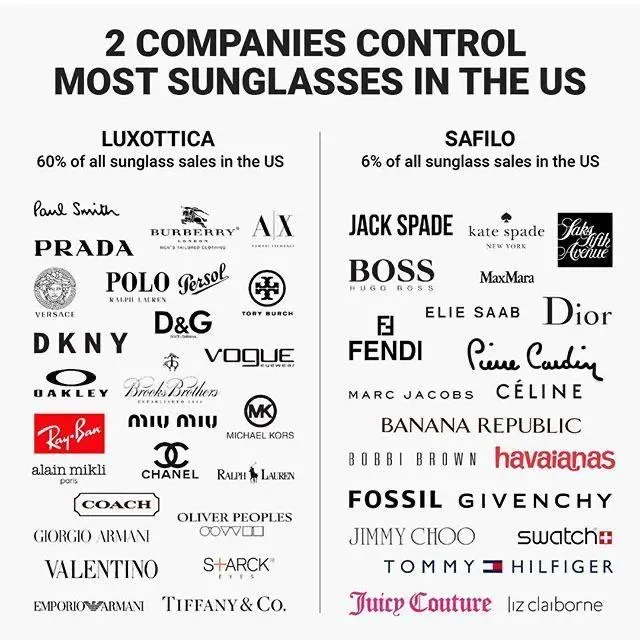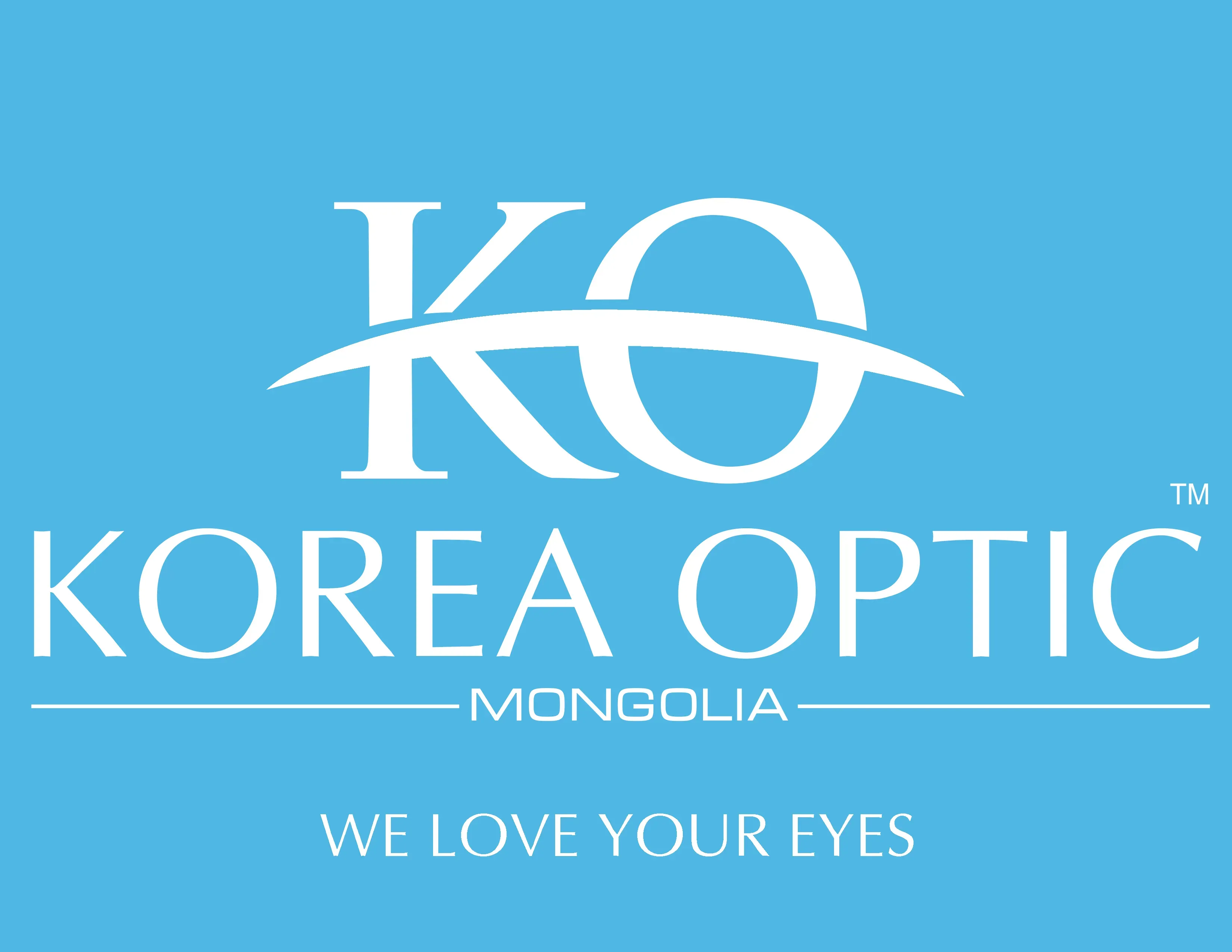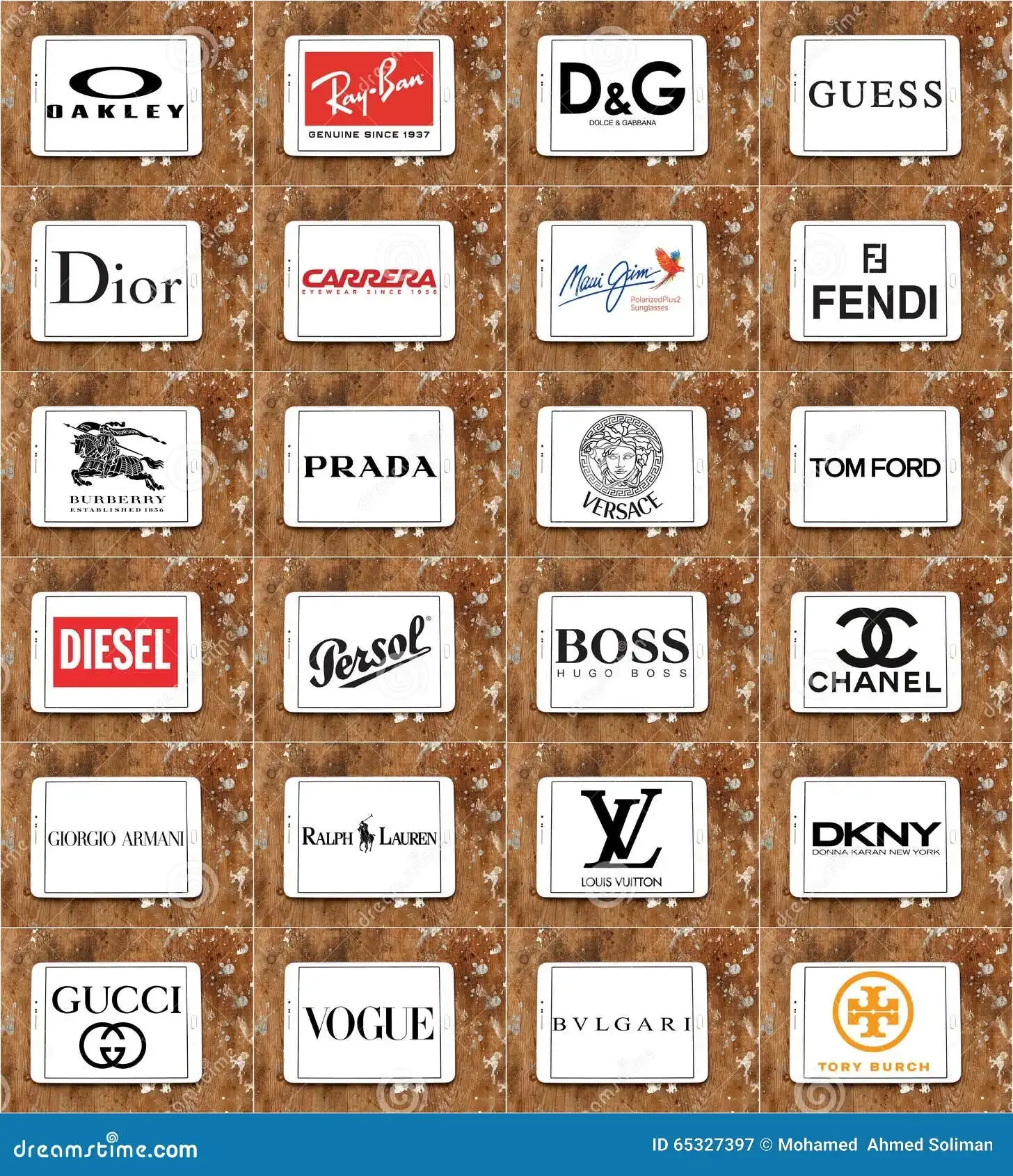Table of Contents
Ever look at someone's sunglasses and wonder if they're the real deal, or maybe just curious what that little symbol on the arm means? It's more than just a random design. Those tiny icons, the sunglass logos, carry a lot of weight. They’re the shorthand for a brand's history, their design philosophy, and sometimes, even a certain lifestyle. Think about it – a simple mark can conjure images of movie stars, high fashion runways, or rugged outdoor adventures. It's the first thing many people notice, a subtle badge that whispers something about the wearer's taste, or perhaps their budget. But with so many brands out there, each with its own distinct emblem, how do you keep track? And more importantly, what do these sunglass logos actually tell you about the quality, the style, or the authenticity of the shades perched on someone's nose? We'll cut through the marketing noise and look at why these visual cues matter, what some of the most famous ones represent, and how you can start recognizing them yourself.
Why Sunglass Logos Are More Than Just Branding
Why Sunglass Logos Are More Than Just Branding
More Than Just a Name Tag
Think of a sunglass logo not just as a sticker, but as a tiny billboard packed with meaning. It's the visual shorthand for everything a brand stands for. It’s the history etched into the design, the promise of quality (or sometimes, just perceived quality), and the specific vibe the company wants you to associate with their product. When you see that little symbol on the temple of a frame, it's not just saying "This is Brand X." It's saying, "This is the kind of person who wears Brand X," or "This is the level of craftsmanship you can expect," or even, "This is how much money someone was willing to spend." It’s a shortcut for identity, a silent communicator in a noisy world.
Signaling Status and Quality
Let's be honest, part of the reason people gravitate towards certain sunglass logos is the status they convey. That little mark on the arm can be a signal to others – a subtle nod to belonging, taste, or financial standing. It’s not always about function; sometimes it's about the story, the legacy, or the celebrity endorsements associated with that specific emblem. A logo can instantly elevate a simple pair of frames from basic eye protection to a fashion statement or a status symbol. It suggests a certain standard of materials, design, and durability, even if the actual difference isn't always as vast as the price tag implies. It’s the brand's reputation, condensed into a small, recognizable graphic.
Here's a quick thought on what a logo can instantly communicate:
- Heritage and History (Think classic shapes, enduring designs)
- Fashion Forwardness (Bold, trendy, often changing styles)
- Performance and Durability (Sporty, built for tough conditions)
- Luxury and Exclusivity (High price points, premium materials)
- Value and Accessibility (Wider availability, competitive pricing)
Iconic Sunglass Logos and Their Stories
Iconic Sunglass Logos and Their Stories
Stories Behind the Shades
So, you've seen the little marks – the interlocking 'C's, the leaping cat, the simple wordmark that everyone recognizes. These iconic sunglass logos aren't just randomly slapped on; they have stories. Take the Ray-Ban logo, for instance. It's straightforward, no-nonsense, much like the aviator and Wayfarer styles it's famous for. It speaks to a certain timeless cool, a heritage stretching back to pilots and Hollywood legends. Then you have something like the Oakley logo, often more futuristic, hinting at performance, innovation, and pushing boundaries, usually associated with athletes and outdoor types. Each one carries a legacy, built over years of design, marketing, and being seen on the right (or sometimes, wrong) faces. It’s a visual cue that instantly brings to mind a whole world associated with that brand.
Think about these famous logos and what they often suggest:
- Ray-Ban: Classic, Rebel, Timeless
- Oakley: Performance, Sport, Innovation
- Prada: High Fashion, Luxury, Trendsetter
- Versace: Bold, Glamorous, Distinctive
- Maui Jim: Aloha Spirit, Polarization, Color Enhancement
What Different Sunglass Logos Say About Your Style
What Different Sunglass Logos Say About Your Style
Wearing Your Personality on Your Face
Alright, let's talk about what that little emblem on your frames is broadcasting to the world about *you*. It’s like a secret handshake for style tribes. If you're rocking a classic Ray-Ban logo, you're probably leaning towards a timeless, maybe slightly understated cool – someone who appreciates heritage over fleeting trends. Spotting the Oakley "O" often suggests you're into performance, maybe an active type who needs shades that can keep up, or at least likes to look like one. A high-fashion logo, like Prada or Gucci, screams luxury and a keen eye for current trends, signaling you're probably not afraid to make a statement and drop some cash on your eyewear. Meanwhile, simpler, less flashy logos might point to someone who values function, comfort, or finding a great deal, perhaps from a place like sunglasshub.org that offers a wide range without the excessive markup. Your choice isn't just about blocking the sun; it's a deliberate, or sometimes unconscious, declaration of your personal aesthetic.
Spotting the Real Deal: Authentic Sunglass Logos
Spotting the Real Deal: Authentic Sunglass Logos
Checking the Details
Alright, let's get down to brass tacks. You've got a pair of shades in your hand, and you're squinting at that tiny sunglass logo, wondering if it's legit or a knock-off pulled from a street vendor's tarp. The devil, as they say, is in the details. Authentic sunglass logos are usually sharp, precisely engraved, or perfectly applied. There shouldn't be any fuzzy edges, smudges, or inconsistencies in the font or spacing. Feel the logo – is it just painted on and feels like it could scratch off? That's a red flag. High-end brands often embed the logo into the material or use a durable, raised metal emblem. Check the hinges too; authentic frames often have logos or model numbers stamped there, and the screws should feel solid, not flimsy. The weight of the glasses can also be a clue; fakes often feel too light or cheap compared to the real deal.
Packaging and Documentation
Think about the whole package, not just the frames. Genuine sunglasses, especially from reputable brands, come with more than just the glasses themselves. Look for a sturdy case, often with the brand's logo prominently displayed, and again, the logo on the case should look and feel high-quality. There should be documentation – a warranty card, a booklet with information about the lenses or materials, maybe a certificate of authenticity. These papers shouldn't look like they were printed on a kindergarten dot matrix printer. They should be crisp, well-designed, and contain accurate information, including model numbers that match the frames. If your fancy new shades arrived in a plastic bag with no box and a crumpled piece of paper, you might have a problem. It's these small touches that counterfeiters often overlook or botch.
What should you look for in the packaging?
- A high-quality, branded case
- Matching logos on case and frames
- Warranty card or certificate of authenticity
- Informational booklet about the product
- Model numbers stamped on the frames (usually inside the temple)
- Crisp, professional printing on all documentation
Price vs. Authenticity
Now, let's talk money, because price is often the loudest indicator when you're Spotting the Real Deal: Authentic Sunglass Logos. If you see a pair of designer sunglasses that typically retail for several hundred dollars being sold for fifty bucks on a questionable website or at a flea market, congratulations, you've probably found a fake. While sales and discounts happen, legitimate retailers rarely slash prices by 80% or 90% unless they're clearing out ancient stock. If the deal seems too good to be true, it almost certainly is. Think about where you're buying from. Authorized dealers, department stores, and reputable online retailers (like sunglasshub.org, for instance, which vets its inventory) are much safer bets than that guy selling "brand new" shades out of a cardboard box on the corner. Paying full price doesn't guarantee authenticity, but a ridiculously low price virtually guarantees it's not.
More Than Just a Mark
So, you've seen that sunglass logos are far more than just tiny pictures stamped on plastic or metal. They are condensed stories, signifiers of heritage, and sometimes, a hefty price tag. Understanding these emblems gives you a leg up, whether you’re trying to spot a fake from a mile away or just figuring out why certain brands resonate with specific looks or lifestyles. They aren't just decoration; they're a critical part of the product's identity and its message to the world. Next time you see a pair of shades, take a second look at that logo – it might just tell you everything you need to know.
